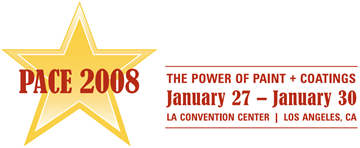Search
Products tagged with 'tank linings'
View as
Sort by
Display
per page
The Evolution & Benefits of Ultra-High Solids Coatings
Product Number:
41208-453-SG
Publication Date:
2008
$20.00
Throughput Optimization for Tank Fabricators
Product Number:
51220-299-SG
Publication Date:
2020
$20.00



